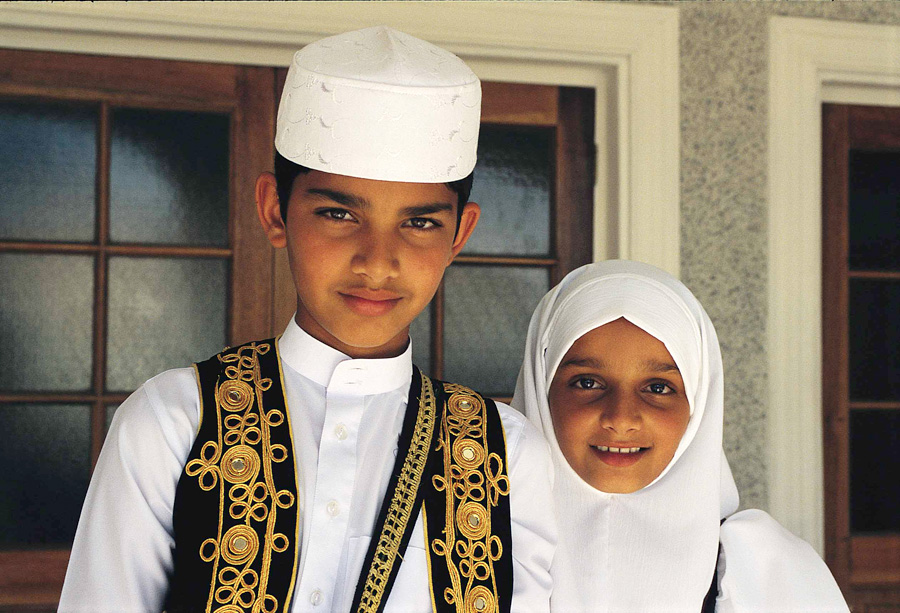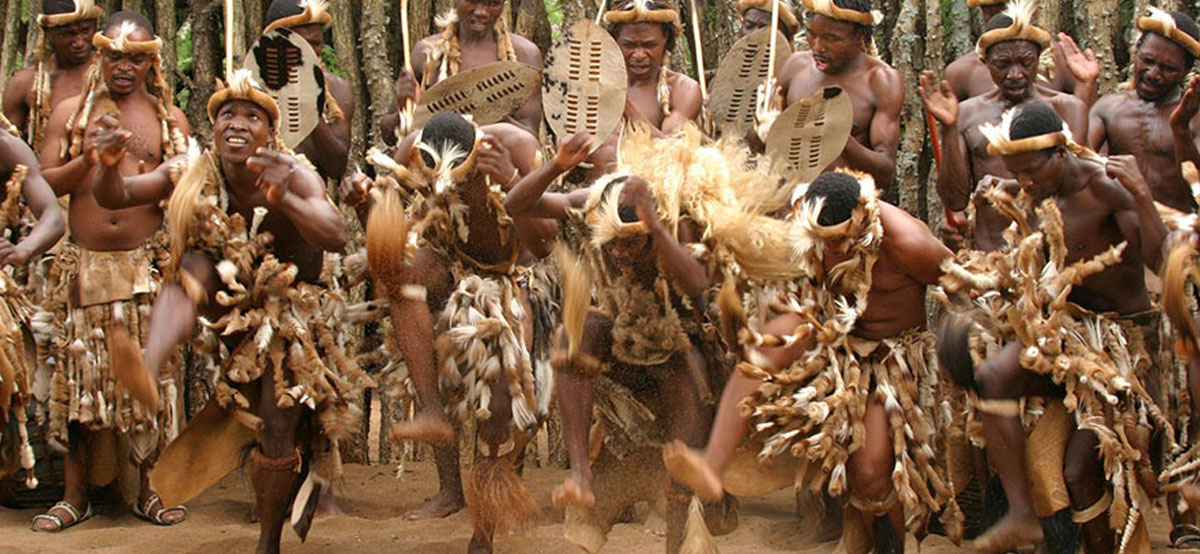The Greatest Guide To South African Culture Today
The Greatest Guide To South African Culture Today
Blog Article
Our South African Culture Today Ideas
Table of ContentsSouth African Culture Today Fundamentals ExplainedNot known Factual Statements About South African Culture Today What Does South African Culture Today Do?The Buzz on South African Culture TodayGetting The South African Culture Today To WorkFacts About South African Culture Today Uncovered
An issue of relevance in Zambian villages is the passing away of enjoyed ones. All participants of the town put money, time and effort together for the funeral of the deceased.Throughout the grieving period; men stay outside your house and the females remain inside the home of the deceased. After discussing the deceased, the town strolls to the location of burial to say their last goodbyes. Songs and dance is an extremely vital facet of the Zambian society. The different tribal units have their own dancing kinds; nonetheless, makishi prevails among all people.
Getting The South African Culture Today To Work
When it pertains to songs, drums are made use of the most, with a variety of drumming ceremonies. In Zambia, majority of individuals are Christian; Protestant and Roman Catholic. There are tiny teams of Muslims and Hindus, with the rest adhering to local native tribal beliefs.

South African heritage and culture is exceptionally diverse, and consists of several teams of people who each have their very own customs and beliefs. Having such a variety of people and cultures is what makes South Africa so one-of-a-kind. In truth sense of the expression, we are a rainbow nation.
Making it the 7th on the list of countries with the most Portuguese people in it outside of Portugal. Portuguese is not just a society, however it is also a language and a nationality. Portuguese people originate from the nation of Portugal in Europe, however, due to Portugal (like several other nations in Europe) checking out the world and conquering other nations during the 15th 20th centuries, South Africa has what we call Portuguese South African's living in it.
Our South African Culture Today Ideas
Amongst the popular functions of the topography is a plateau that covers almost two thirds of the center of the nation. The plateau complex climbs toward the southeast, where it culminates in the Drakensberg range, component of an escarpment that divides the plateau from the coastal locations. The Drakensburg includes Sparkling wine Castle, the highest optimal in the country.
The area north of the Witwatersrand, called the bushveld, slopes downward from eastern to west towards the Limpopo River, which forms the global border. The western section of the plateau, the middleveld, likewise comes down in the direction of the west and differs in altitude in between the highveld and bushveld. In between the Drakensburg and the eastern and southerly coast, the land comes down to the sea.
Nearer the shore there is a low-lying level called the eastern lowveld. Southwest of the plateau the country ends up being considerably more arid, paving the way to the hostile desert of the Great Karroo, surrounded on the eastern by the reduced, much better watered plateau of the Little Karroo. Separating the dry southern interior from the sandy coastal of the southern coastline and West Cape is another variety, the Langeberg.
Everything about South African Culture Today
The nation's racially, ethnically, and politically separated background has generated national and subnational symbols that still operate as signs of the country, and others icons that are accepted just by specific groups. The monoliths to white settler occupation and political dominance, such as the Afrikaner Voortrekker ("leader") Monument in Pretoria and the Rhodes Monolith honoring the British colonial realm building contractor and Cape prime preacher Cecil Rhodes, stay sectarian symbols.
The initial contemporary residents were the San ("bushman") hunter-gatherers and the Khoi ("Hottentot") individuals, that herded animals (South African culture today). The San might have existed for thousands of years and left proof of their presence in hundreds of ancient cavern paintings ("rock art"). Bantu-speaking clans that were the forefathers of the Nguni (today's amaZulu, amaXhosa, amaSwazi, and vaTsonga individuals) and Tswana-Sotho language groups (today's Batswana and Southern and Northern Basotho) moved down from east Africa as very early as the fifteenth century

The two former republics of the Orange Free State and Transvaal (South African Republic) were established by Afrikaner settlers who defeated and dispossessed the Basotho and Batswana. Lesotho would have been forcibly included right into the Orange Free State without the expansion of British defense in 1869. The supreme marriage of the country arised from the South African War (18991902) between the British and both Afrikaner republics, which lowered the country to ruin at the start of the twentieth century.
Afrikaners traditionally considered themselves the only true South Africans and, while giving full citizenship to all locals of European descent, denied that status to people of color until the autonomous change of 1994. British South Africans retain a sense of cultural and social link to Great Britain without weakening their identity as South Africans.
How South African Culture Today can Save You Time, Stress, and Money.
The variety and fragmentation within ethnic collections and the balance of stress between those groups throughout the twentieth century stopped interethnic civil dispute. While intergroup see it here tensions over sources, entitlements, and political dominance continue to be, those problems are as likely to pit Zulu versus Zulu as Zulu against Xhosa or African against Afrikaner.
From colonial India, British merchants and administrators brought the curved steel ornamental roof coverings and slender shoelace work pillars that still represent the outdoor patios of homes in communities and cities throughout the nation. Houses of worship add an essential architectural aspect even in the tiniest towns. Along with the soaring steeples and timeless stonework of Afrikaans Dutch Reformed churches, Anglican churches, synagogues, mosques, and Hindu shrines offer range to the spiritual architectural scene.

Slaughtering and the developing of standard grain beer are essential in securing the engagement and goodwill of the forefathers who are thought about the guardians of good luck, prosperity, and wellness. Indian neighborhoods keep their indigenous cooking traditions and use them on Islamic and Hindu routine and ritualistic events. Afrikaners and Coloured individuals gather at weekends and special celebrations at multifamily bbqs called braais, where neighborhood bonds are reinforced.
Due to the fact that this was this contact form the primary financial enterprise of both black Africans and white homesteaders, problem in between those teams focused on the possession of grazing land and animals. In 1867, the largest ruby down payments in the world were uncovered at Kimberley in the west main location. The wide range from those areas aided finance the exploitation of the best gold coral reef on the planet, which was discovered on the Witwatersrand in 1886.
Excitement About South African Culture Today
This caused misunderstandings and intentional misrepresentation in the ventures of white settlers you could try this out and government officials with African principals during the early american duration (South African culture today). In the facility of African reserves, some elements of communal and primarily "tribal trust fund" land tenure were maintained, and also in white country areas, types of common tenure were still exercised in areas with African neighborhoods
After the democratic improvement of 1994, programs for land restitution, redistribution, and reform were instituted, yet progress has actually been slow-moving. The white minority still manages eighty percent of the land. Following agricultural land invasions in Zimbabwe, the Division of Land Affairs has actually pledged to speed land redistribution.
Report this page